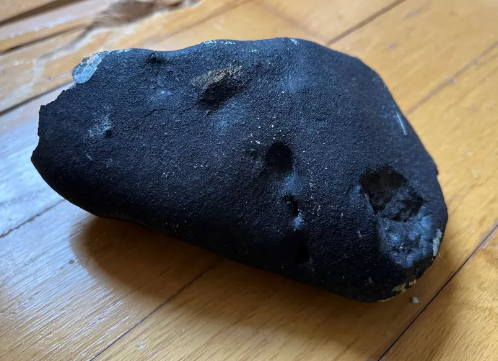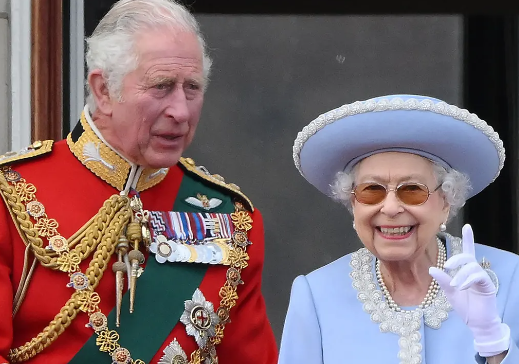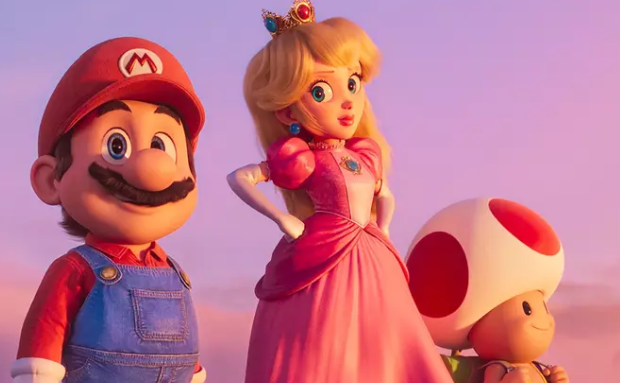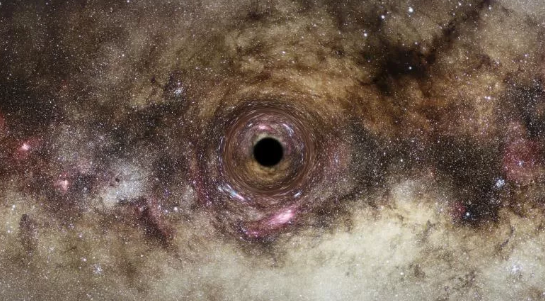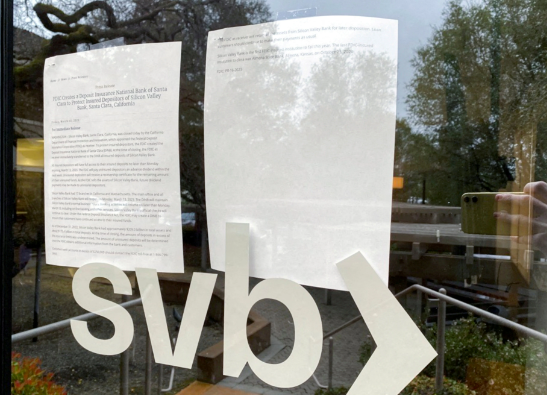TikTok 틱톡에 대해, 틱톡금지령
What is TikTok?
TikTok has taken over the world - what was initially seen as a niche app for teens has now become one of the world's pre-eminent content-sharing platforms, launching careers and viral trends. TikTok is a social app used to create and share videos, to put it simply. TikTok has over one billion global monthly active users - 63 per cent of which are between the ages of 10 and 29.
TikTok은 전 세계를 장악했습니다. 처음에는 10대를 위한 틈새 앱으로 보였던 것이 이제 세계에서 가장 뛰어난 콘텐츠 공유 플랫폼 중 하나가 되어 바이럴 트렌드를 시작했습니다. TikTok은 간단히 말해서 동영상을 만들고 공유하는 데 사용되는 소셜 앱입니다. TikTok은 전 세계적으로 월간 활성 사용자가 10억 명 이상 이며 그 중 63%는 10세에서 29세 사이입니다.
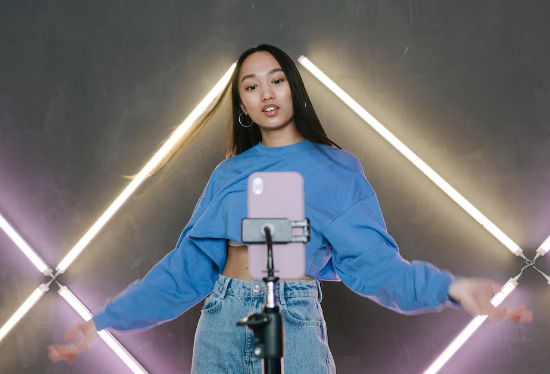
How does TikTok work?
The basic function of TikTok is that users can film videos of themselves lip-syncing, dancing, or acting out sketches. Videos - or TikToks - can be up to 15 seconds long, but they can also connect multiple clips for up to 60 seconds of total recording. Recently, TikTok expanded the time limit to three minutes for most users. Users can also upload longer videos that were recorded outside the app.
TikTok의 기본 기능은 사용자가 립싱크, 춤 또는 스케치를 연기하는 비디오를 촬영할 수 있다는 것입니다. 비디오(또는 TikToks)는 최대 15초 길이일 수 있지만 총 시간이 최대 60초 동안 여러 클립을 연결할 수도 있습니다. 최근 TikTok은 대부분의 사용자에게 시간 제한을 3분으로 확대했습니다. 사용자는 앱 외부에서 녹화된 더 긴 동영상을 업로드할 수도 있습니다.
In a nutshell, like videos from Vine or Instagram, TikTok videos appear vertically on your screen. You can engage with them using “hearts", which are the same as “likes.” After you download the TikTok app and open it, you'll immediately see curated featured videos on the “for you" page. You can switch to the “following” page to see videos from users you follow - whether friends or popular TikTokkers.
간단히 말해서 Vine 또는 Instagram의 비디오와 같이 TikTok 비디오는 화면에 세로로 나타납니다. "좋아요"와 같은 "하트"를 사용하여 그들과 소통할 수 있습니다. TikTok 앱을 다운로드하고 열면 "for you" 페이지에서 선별된 추천 동영상을 즉시 볼 수 있습니다. "팔로잉" 페이지로 전환하여 친구든 인기 있는 TikTokkers든 상관없이 팔로우하는 사용자의 동영상을 볼 수 있습니다.
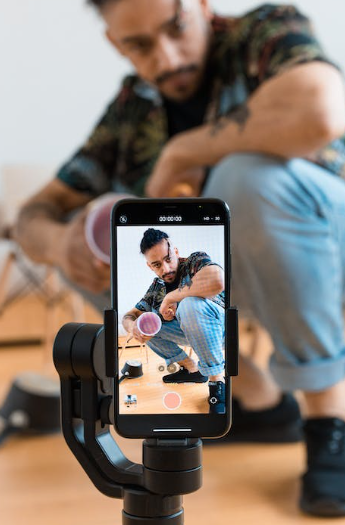
Why are governments banning TikTok?
In recent months, lawmakers in the United States, Europe and Canada have escalated efforts to restrict access to TikTok, the massively popular short-form video app that is owned by the Chinese company ByteDance, citing security threats.
최근 몇 달 동안 미국, 유럽, 캐나다의 국회의원들은 보안 위협을 이유로 중국 기업 바이트댄스(ByteDance) 소유의 대중적인 짧은 동영상 앱인 틱톡(TikTok)에 대한 액세스를 제한하기 위한 노력을 강화했습니다.
It all comes down to China.
Lawmakers and regulators in the West have increasingly expressed concern that TikTok and its parent company, ByteDance, may put sensitive user data, like location information, into the hands of the Chinese government. They have pointed to laws that allow the Chinese government to secretly demand data from Chinese companies and citizens for intelligence-gathering operations. They are also worried that China could use TikTok’s content recommendations for misinformation.
TikTok has long denied such allegations and has tried to distance itself from ByteDance.
모든것은 중국으로 귀결됩니다.
서구의 국회의원과 규제 당국은 TikTok과 그 모회사인 ByteDance가 위치 정보와 같은 민감한 사용자 데이터를 중국 정부의 손에 넘길 수 있다는 우려를 점점 더 많이 표명했습니다. 그들은 중국 정부가 정보 수집 작업을 위해 중국 기업과 시민에게 비밀리에 데이터를 요구할 수 있도록 허용하는 법률을 지적했습니다. 그들은 또한 중국이 TikTok의 콘텐츠 추천을 잘못된 정보에 사용할 수 있다고 우려하고 있습니다 .
TikTok은 그러한 주장을 오랫동안 부인해 왔으며 ByteDance와 거리를 두려고 노력했습니다.






